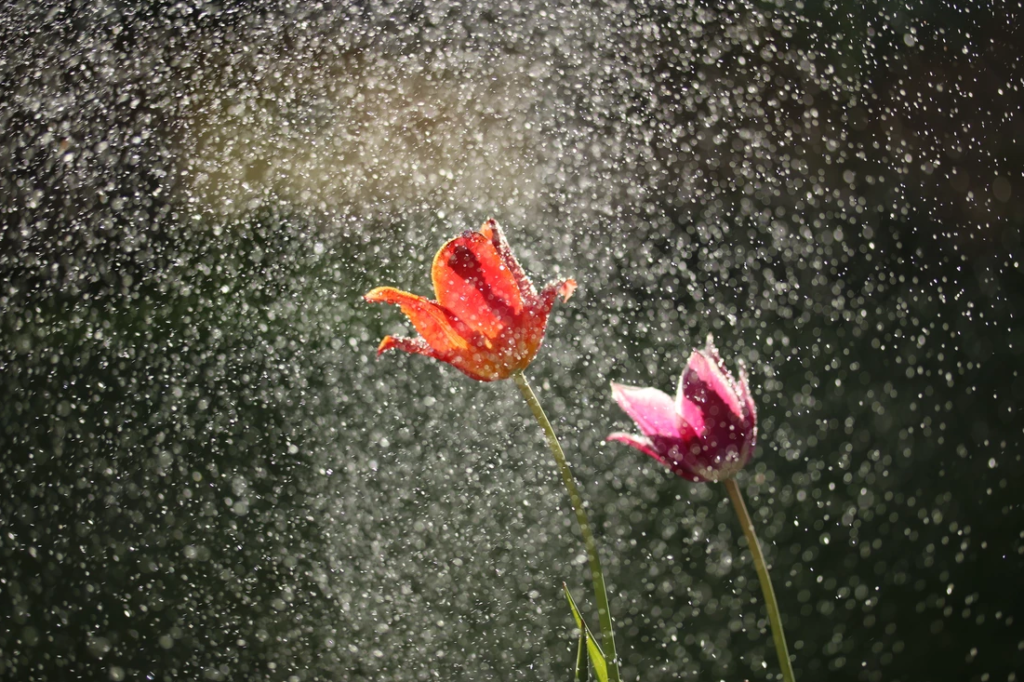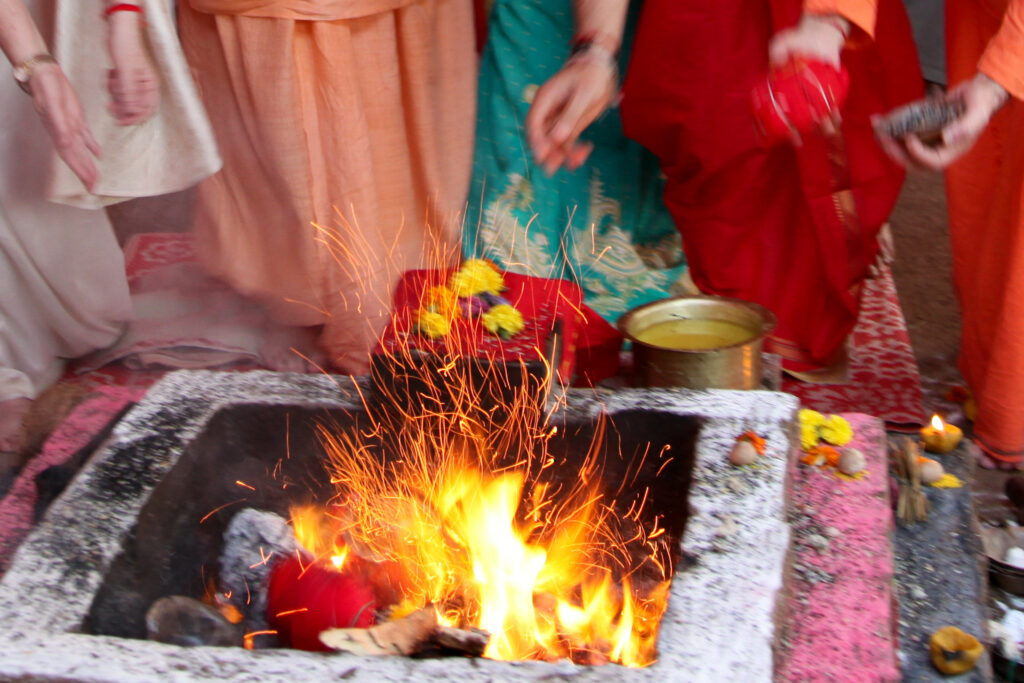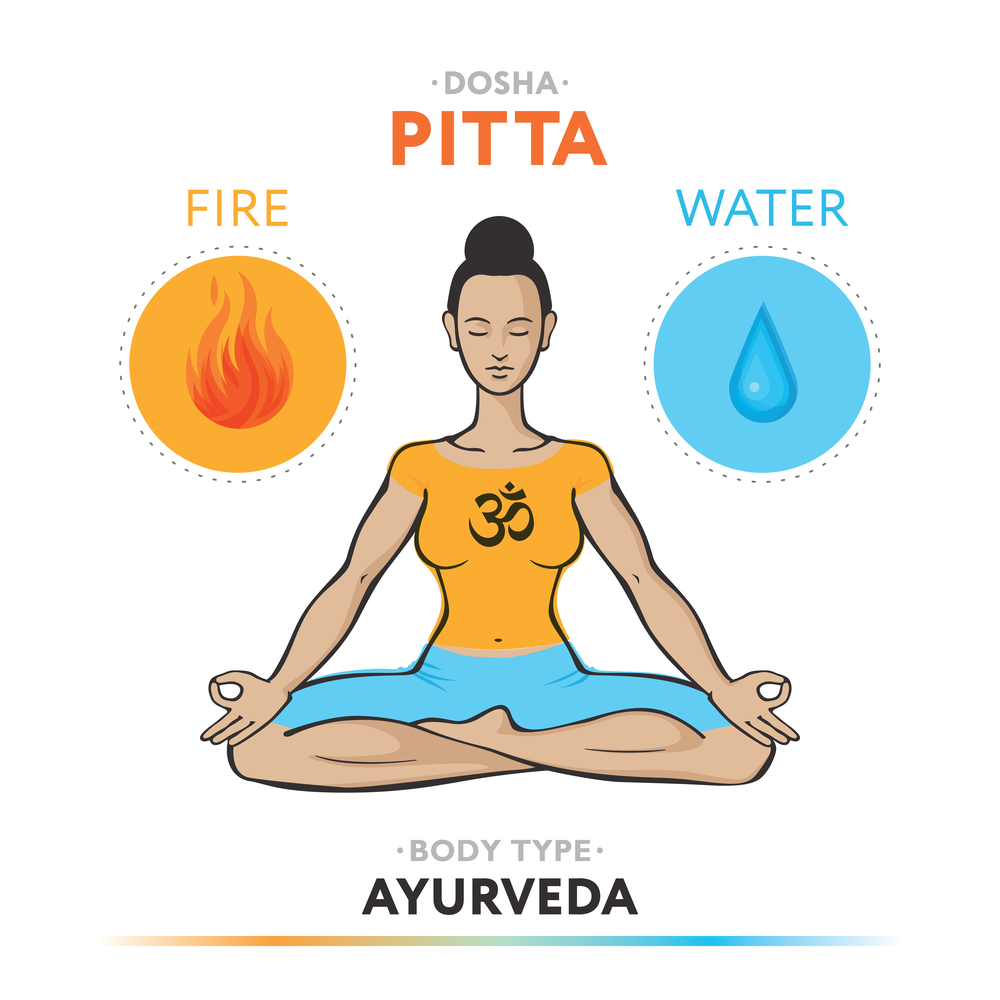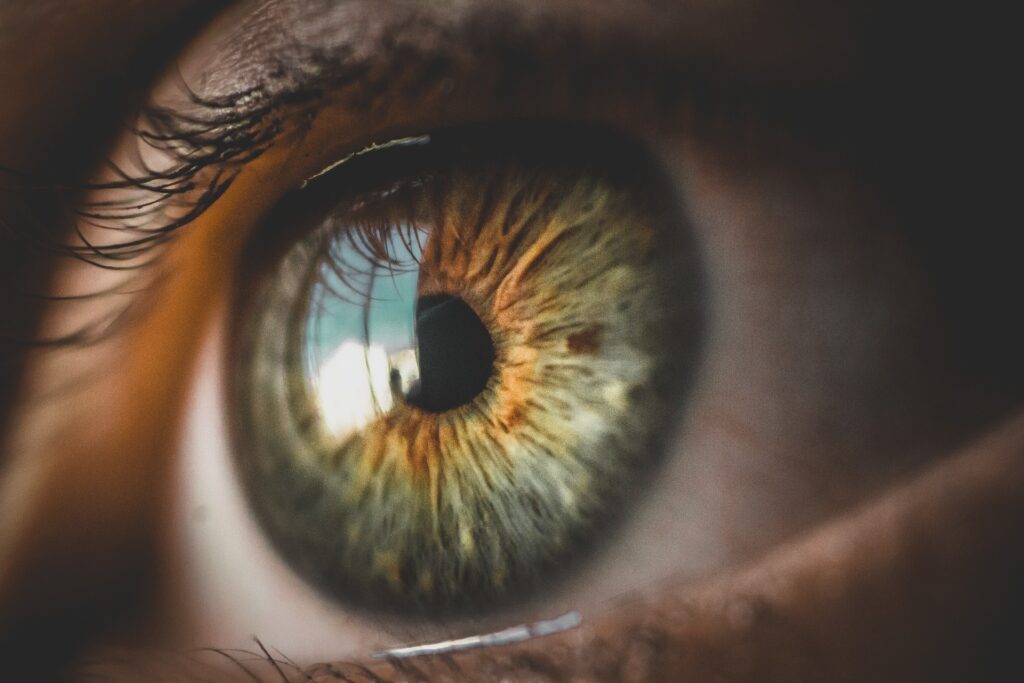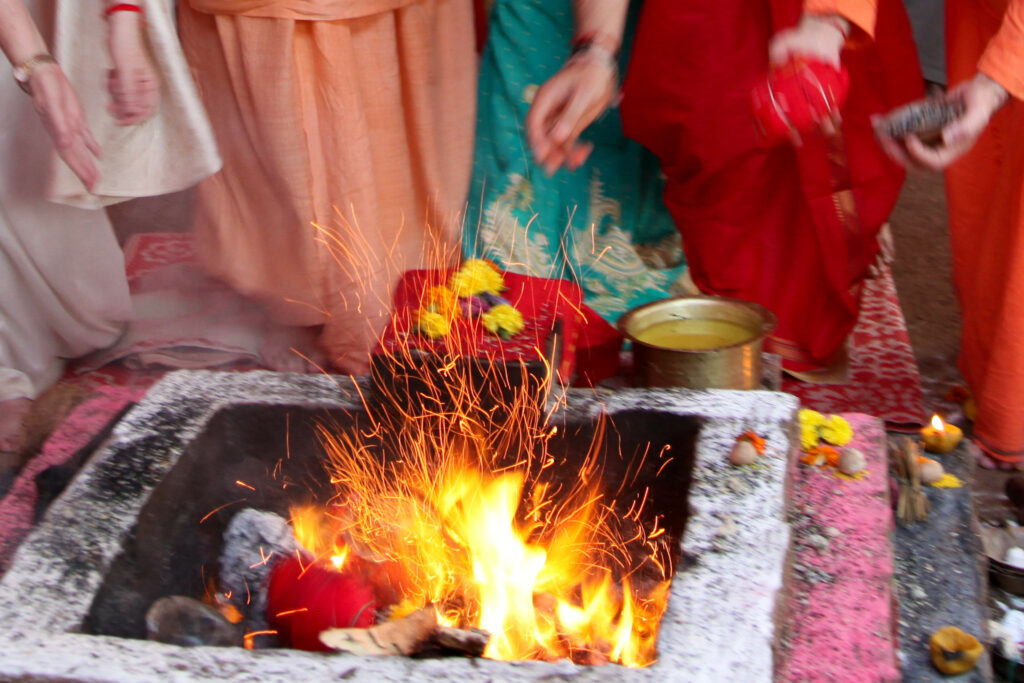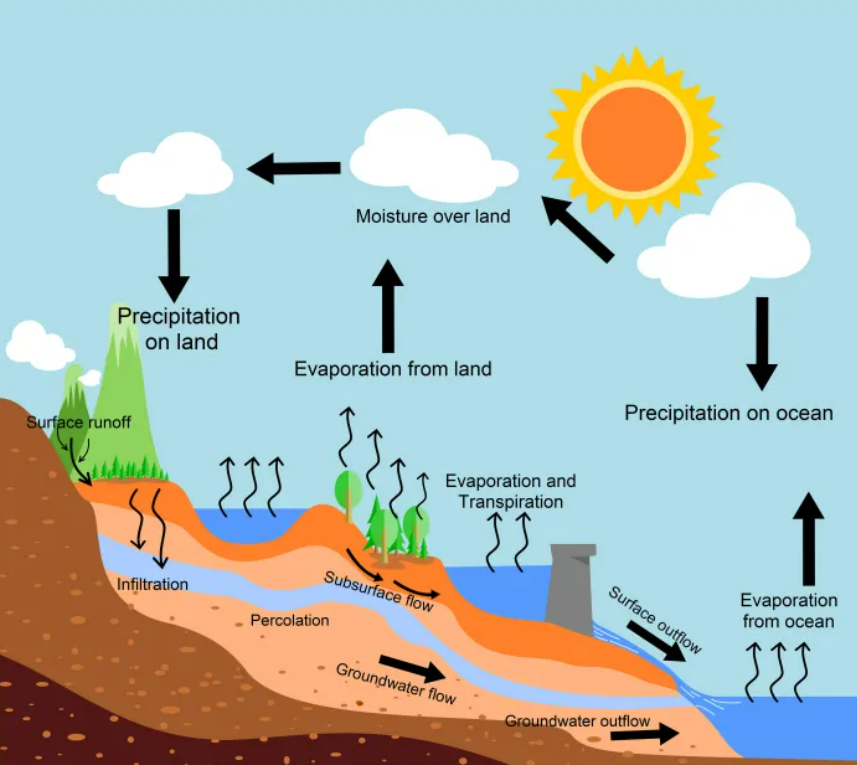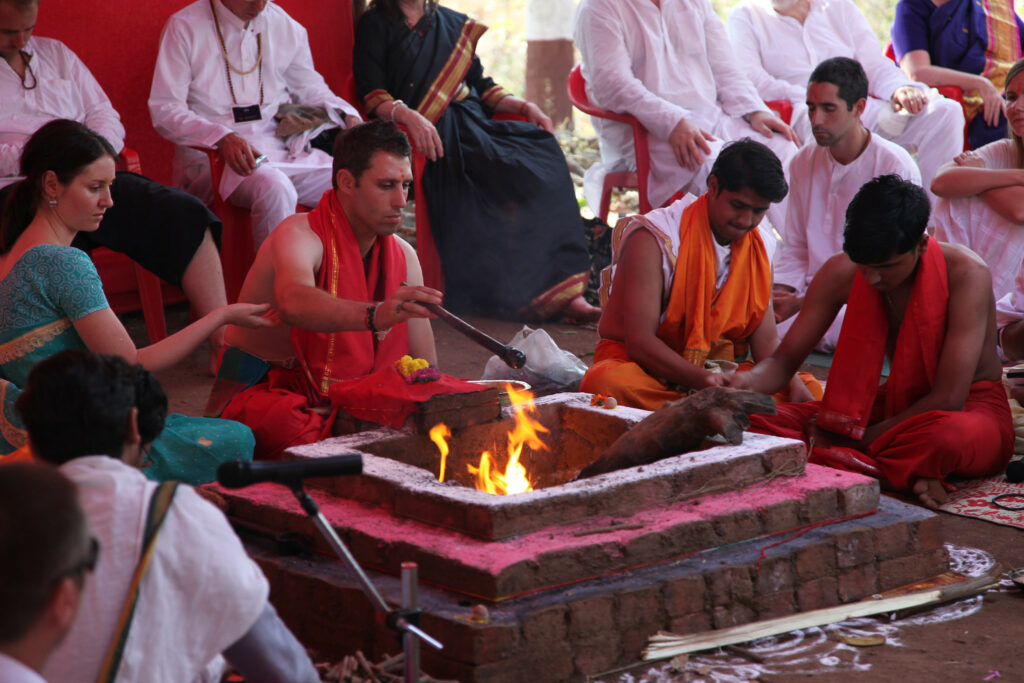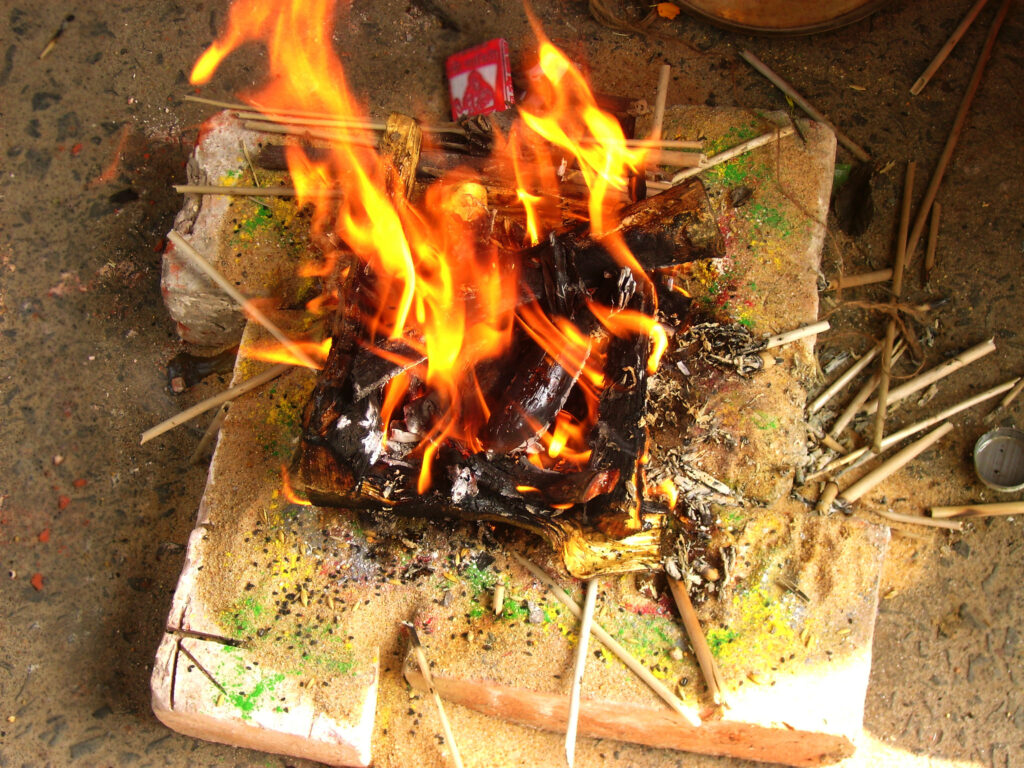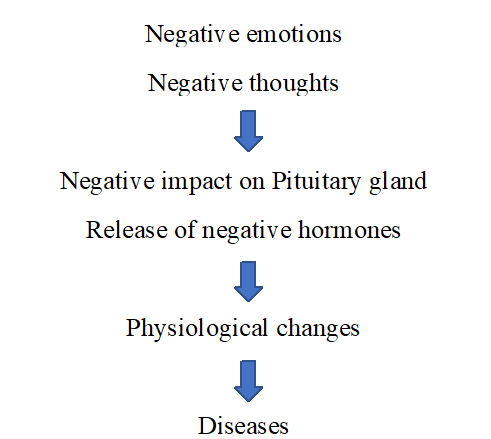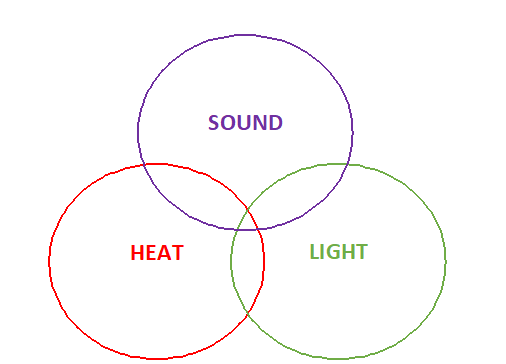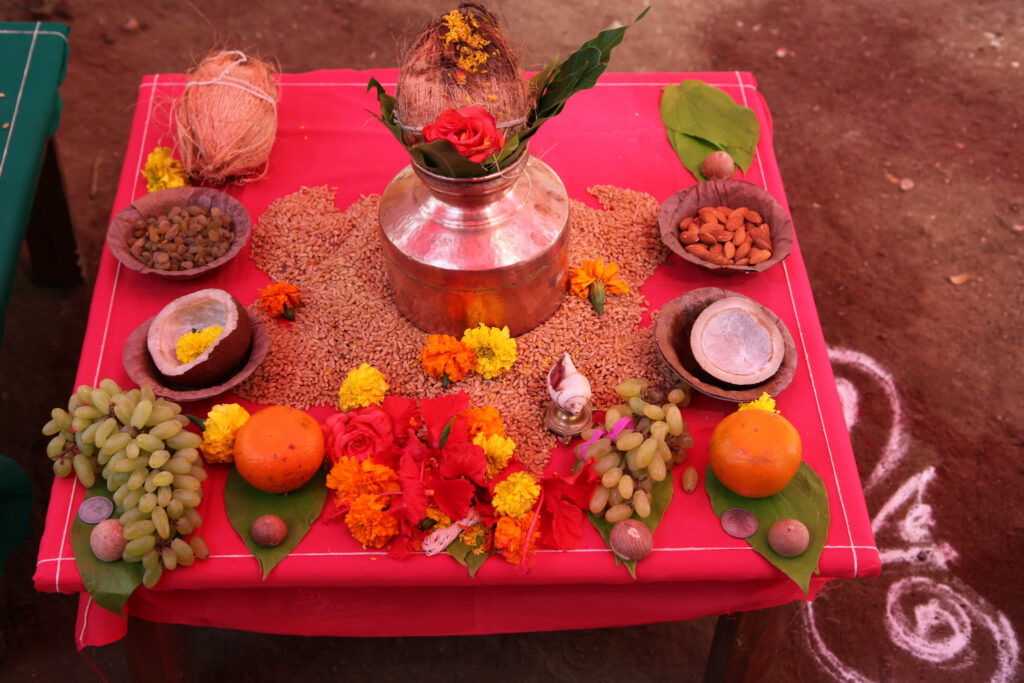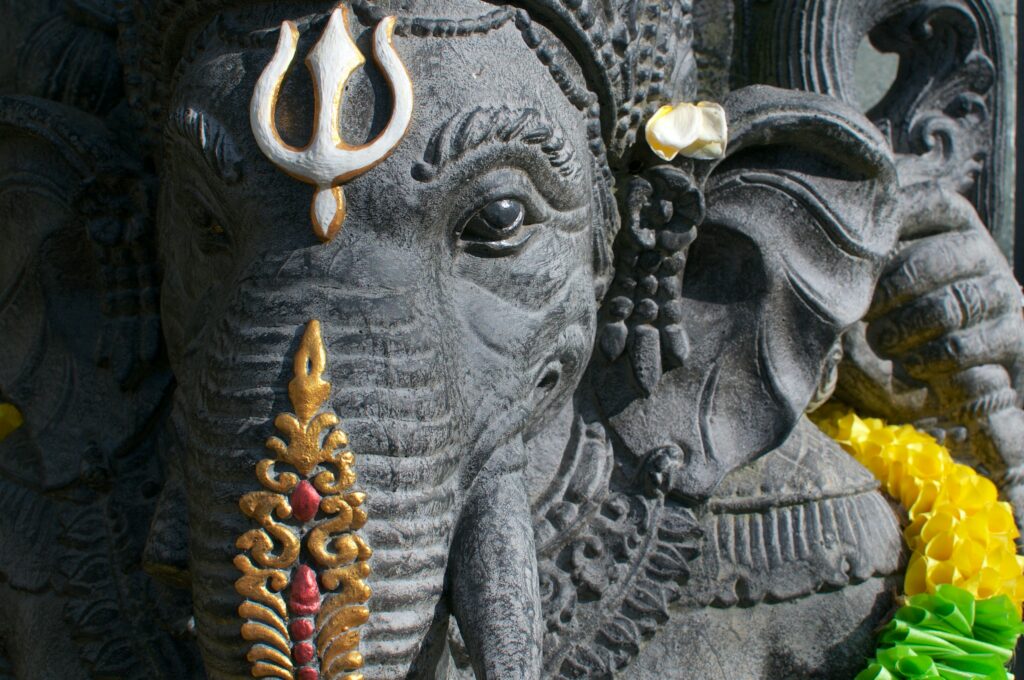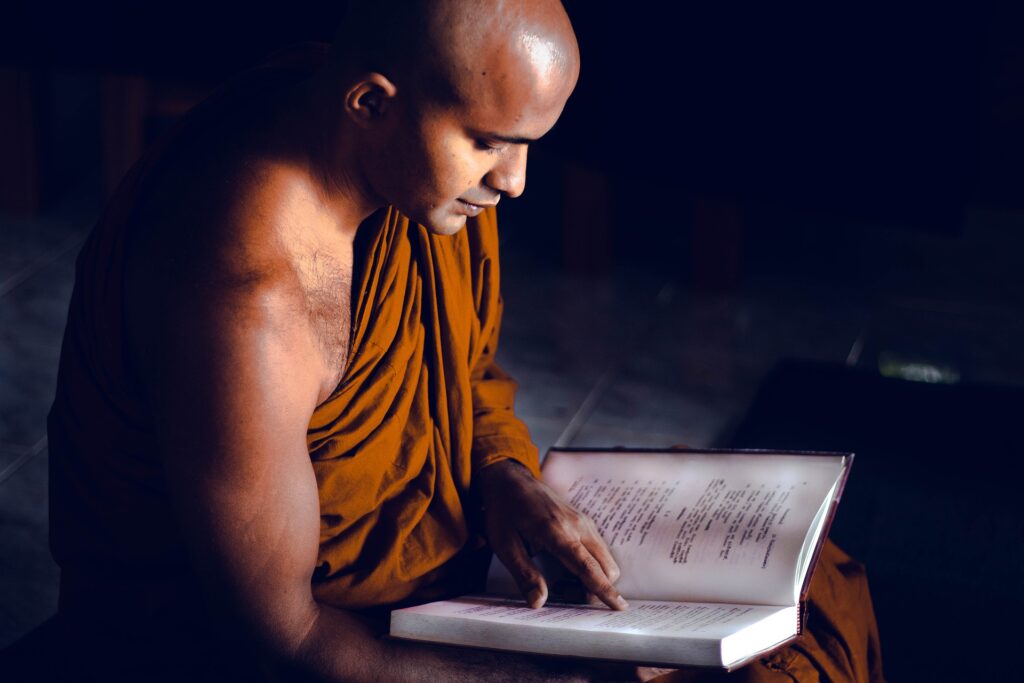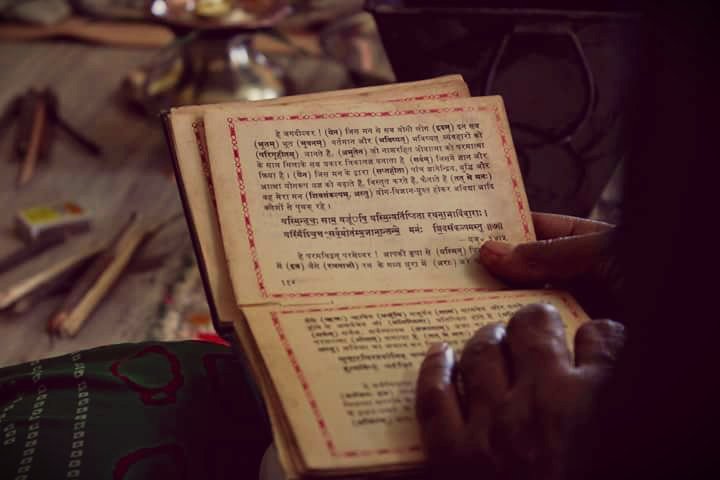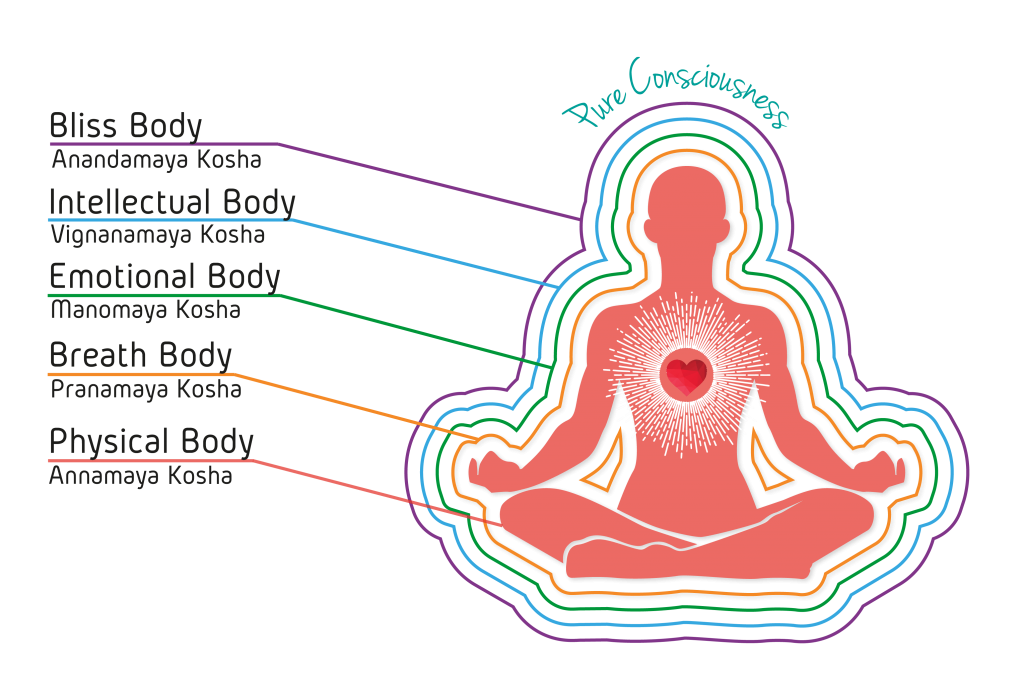

It took me a long time to understand what meditation was for and how to learn to meditate … and finally meditation is easy. I had decided that it was not for me because I liked to move all the time, my life was a headlong rush to channel my frustrations brought by daily life (work, stress, fatigue, bad breathing…).
It was a way for me to fill my inner emptiness since in our societies you always have to take care of yourself. Emptiness is scary… So I was not yet ready to respect myself, to love and cherish my body and my soul.
After a few years, time that made me understand, health misadventures, I evolved and realized that I needed a break for my well-being and respect for my body.
It was my body that spoke. So rather than continuing on the path of acting at all costs, forgetting myself and my joy, I started yoga and meditation.
I admit that these 2 practices allowed me to observe myself better: to become aware of my behavior in life. I realized that I had taken habits that made me unhappy, that went against my joy and my balance, I had indoctrinated myself…. and above all I had forgotten to breathe.
These breaks that I give myself today balance me, I control my emotions much better, my ideas are clear and I no longer experience the unexpected as a source of stress or anxiety. I welcome the situations that come my way.
The stress of work, fatigue, bad breathing, eating on the go…it’s over!
So meditation for what and how long
I am my own observer. Meditation and yoga allow me to readjust myself to the hassle of life. I no longer experience them as stress, I welcome them because life is that, it’s a more or less pleasant flow of information that happens to you. Will stressing or being unhappy change anything in the situation that arises? No, then you have to welcome it, very often these worries are not that serious…and as they say tomorrow is another day. Then isn’t life short enough?…so let’s live there instead of making ourselves unhappy!!!
Ah this damn thought: but when? I don’t have time, my schedule is overloaded…
The exercises that I propose to you are designed to fit into any schedule…even a busy one. We are all running after time. That a meditation lasts 5, 10 or 15 minutes or more is as useful for our well-being as meditations of long duration.
At what time of the day?


Morning meditation
The ideal is to practice early in the morning between 4:30 and 6:30 and before breakfast. The mind is not yet cluttered, one is relaxed, the air is clean and the world is still asleep. It’s a good time without phone and email. There is also a sense of calm. But according to our will, meditation can be done at any time of the day!
Midday meditation
It can allow you to take a break after morning professional obligations, to take a moment for yourself.
To share this moment of meditation with a colleague
If the evening is busy and even more so if you have children or invite friends
I will help you to start meditation and give you tools to start your practice.
Evening meditation
It’s the end of the day, professional obligations have disappeared, you are more relaxed and have more time to spend. You are more likely to do it correctly and adjust it to your needs.
The benefits of meditation:
As I was telling you for me, meditation has allowed me to tackle the difficulties of life with more
- serenity
- less stress and
- anxiety
- improve our communication with ourselves and others
- we see more clearly in our actions, our behavior
- focused more we are aware of what we are we are more objective with regard to awkward situations…
- and we end up realizing that we have to let joy flow into our lives
- it’s giving yourself time for yourself, becoming aware of yourself, of your feelings, decluttering your mind and cultivating your inner being.
So you try?
Meditation generates benefits in the background, it can be practiced without particular difficulty and above all without taking up considerable time in your daily life.
Nor should you be told that with each meditation you do you will have the answers to your questions…no, she is like a sister, a friend who helps you to put things into perspective, to see the situation with hindsight and realize with the time finally that the answer is in you…
How to start meditation?
Have an inquisitive mindset, it’s discovery…new experiences. At first we can feel frustrated because we are so conditioned to live at a frantic pace that doing nothing is banished from our lives.
Meditation is not a competition…forget the race for results by telling yourself: “I absolutely have to meditate, that I stay focused, it irritates me I can’t stop thinking…I can’t control anything…. In short, see…these are moments that we experience as a beginner….but meditation is not a race for professional objectives, on the contrary it totally accepts imperfection, it even values it!!! And between you and me… let’s forget our conditionings of modern society and accept each other.
How to prepare yourself to meditate?


COMFORT IS the KEY
Put your phone on silent or off to avoid its vibration…and in another room to avoid thinking about it.
You won’t be able to avoid all the noises obviously, if you hear something, just integrate that noise into a conscious approach, while being aware of that sound and without anxiety.
FEEL COMFORTABLE !!! FOR THE QUALITY OF YOUR MEDITATION
Create your little corner of meditation just for you. This will help keep this ritual enjoyable. It must be as comfortable as it is warm. This is your oasis…
Always have a meditation blanket or shawl and socks on your feet due to your immobility
POSTURES AND ACCESSORIES
The back :
Stand up straight without any tension or rigidity.
To keep your back straight, imagine that your head is held up by a wire attached to the ceiling. The head is as if connected to the sky. The buttocks and pelvis are well placed on a horizontal plane. This invisible line thus connects the earth and the sky through our body.
We often forget the fact that our body influences our mind. Slumped, our mind is not as clear as if we were standing up straight. If your body is comfortable, your mind will be too. They are both linked and work together.
If your mind is restless, your body will be uncomfortable.
And you lack of comfort, you won’t be able to calm your mind either. If you feel uncomfortable repositioning yourself, living a meditation alone or in a badly positioned group is a source of stress and brings no benefit!
If you feel tension in the back, you can use a wedge to place under the beginning of the buttocks or simply a cushion.
You don’t want to sit on the floor: use a meditation bench
Legs:
You can sit on the ground cross-legged or use a chair if your knees are painful (this will be just as beneficial for meditation. No muscle tension should settle permanently.
You can also meditate in a lying position by placing a cushion under your knees to limit the lumbar arch to the floor and under your head if necessary, but you risk to fall asleep.
If meditation posture is to difficult to maintien, prefer to sit on a chair.
The eyes
They are preferably half-closed and the gaze is directed downwards 1m50 in front of you, if you prefer closed them. The head remains straight in line with the body. Thus, the gaze is calm and peaceful
The mouth
Slightly open to avoid tension in the jaws
Hands
Relaxed shoulders, relaxed arms to rest your hands on your knees
You are solid as a mountain, regardless of the thoughts and emotions that pass through you. You are present there.
The difficulties or rather the opportunities that you may encounter…
Some people will seek complete silence because they tell themselves that concentrating is easier! But nowadays, finding silence is rather difficult and rare. We most often live in towns and even in the countryside, there is always a tractor passing by…the noise of a mower…Unless we find ourselves at an altitude of 3000m…but again nothing is guaranteed. So see the noise as an opportunity because it is a way to “zap” our ideas which tend to remain fixed.
Meditating in silence and alone is the best way to find ourselves, to get used to ourselves without being disturbed by the distractions of life.
Exercice: acclimate yourself to silence
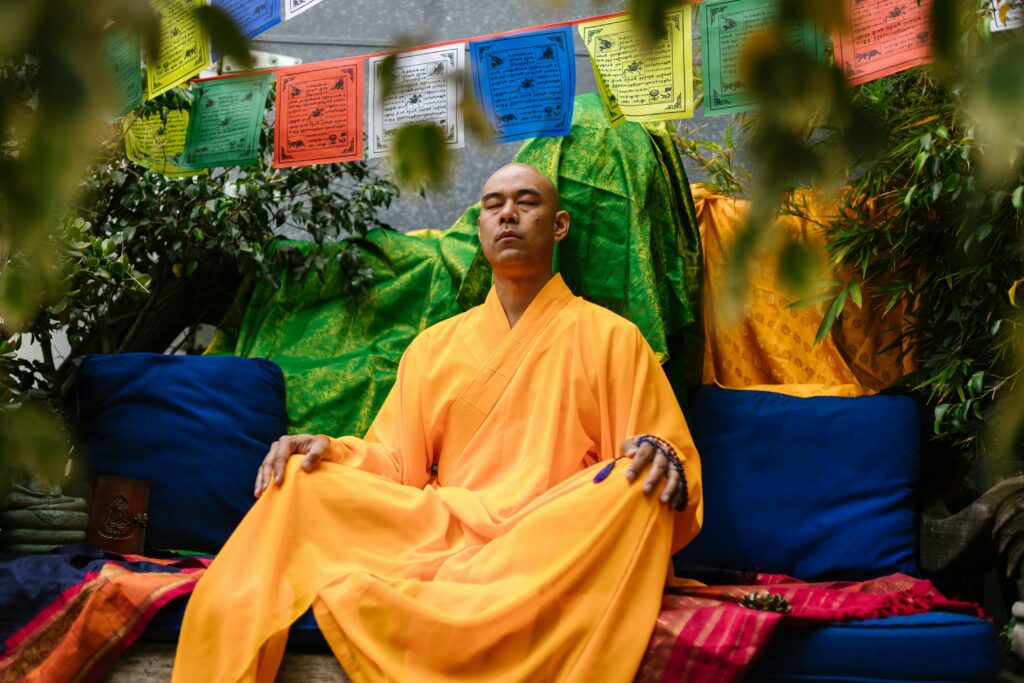

Today, rare are the times when you find yourself alone and in silence…or even never. So, it’s time to give it a try. For the first few times, allow yourself 5 minutes of silence without outside disturbance.
1- Find a time when no one is home
IT’S YOUR TIME
2- Put your laptop on silent or in airplane mode (silent mode is reduced to vibrate mode and suddenly even if it vibrates you will lose silence and tranquility.
Turn off the music.
3- Motionless, take a walk around yourself observing your interior, be aware of your attitude and gestures, then walk quietly towards a place in the room that attracts you…your library, your kitchen, and look at the objects arranged. Look, touch, move them while remaining aware of what you are doing.
4- Now how do you feel about this silence: are you uncomfortable? Don’t dwell on the thoughts that cross your mind, let them pass. There it is simply a matter of feeling and not analyzing
5- Your feelings can evolve between the beginning and the end of this moment for you. You may even appreciate this moment of pause, this moment of mindfulness.
The questions you ask yourself when you meditate
My thoughts spring up, my brain is a real factory of thoughts…
It’s inevitable, perfectly normal and human. We think back to work, to a friend, to a situation, to a deadline to meet… in short, worries.
Thoughts come and go for no reason. You think without having decided, about something that has nothing to do with the present situation: you imagine yourself making a phone call, or something else… How difficult it is to stay in touch with what is is here. You left your body. It doesn’t matter: you are gone and come back to your posture and breathing in the present moment. It doesn’t matter if you come back 1 time, 10 times, 1 thousand times per session… Just come back.
And be kind to yourself, meditation is not a struggle or gymnastics against our thoughts. When you realize that you are no longer in connection with your body, in the here and now, bring your attention back gently, without judgment using your breath. Often, we try to abstract our thoughts at all costs. We struggle on our cushion with violence, even anger in front of our mind which does as it pleases. Abandon this approach. True peace is being open to whatever arises. “No matter how many thoughts arise, let them come.” This attitude is key.
It depends on the person, some concentrate their mind more easily and naturally than others, who conversely rehash. It doesn’t matter ! Adapt, and accept that. By being kind, patient with yourself and with practice, it will become natural to stop paying attention to it. Integrate the meditations when your mind is confused and restless, it’s time to reconnect and calm our mental dispersion through mindfulness.
Find your body:
There are thoughts and also noises, getting used to the various sources of stimuli (heartbeat or car noise…). We must integrate these noises into our meditation and not let them discourage us. They are part of life…and meditation. When you hear a sound during meditation, focus your intention on the experience of hearing. Try not to have any inner dialogue on the subject. The reality is a simple, no-frills experience. When you hear a sound, pay attention to the process of hearing.
Our mind is playful, it tests our patience by letting thoughts arise. Our mind responds because it is not used to this practice. It’s like starting a new sport… at first we don’t necessarily take pleasure… we change our habits… Meditation is not intellectual, it confuses us because we are used to analyzing each situation and its simplicity of practice disturbs us. It is enough just to be there… without history.
This involves finding full and complete attention to our sensory perceptions. Just be mindful of what you are feeling without expecting what you should be feeling. The important thing is not to feel what we would like or to reject what we don’t like, but to enter into a relationship with what is when it happens. You may feel ants in your legs, itching, readjust yourself, this is the best time to respond to your body’s messages.
In short, we adapt to the moment as it is.
Here a guided meditation …Take breath and enjoy.
Don’t forget: give yourself the time to appreciate these meditations “it is by forging that one becomes a blacksmith”
References
Meditation: Process and effects
Effects of Different Stages of Mindfulness Meditation Training on Emotion Regulation
Benefits of meditation and mindfulness practices during times of crisis such as COVID-19


